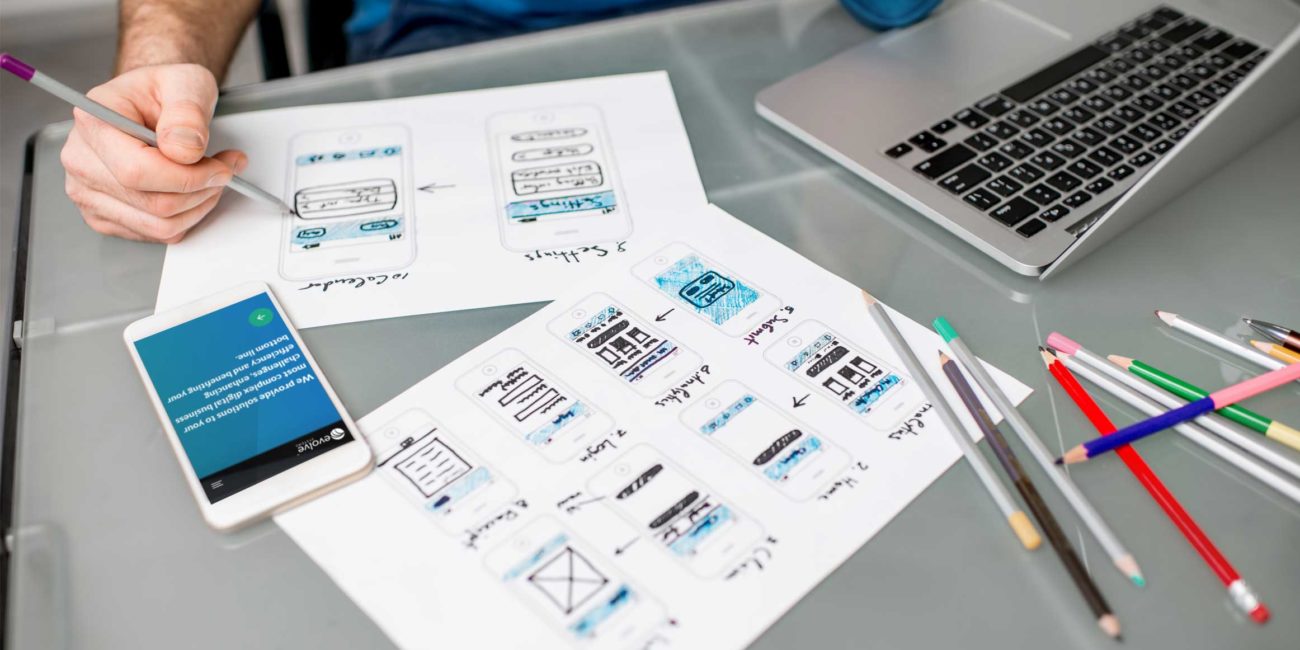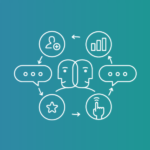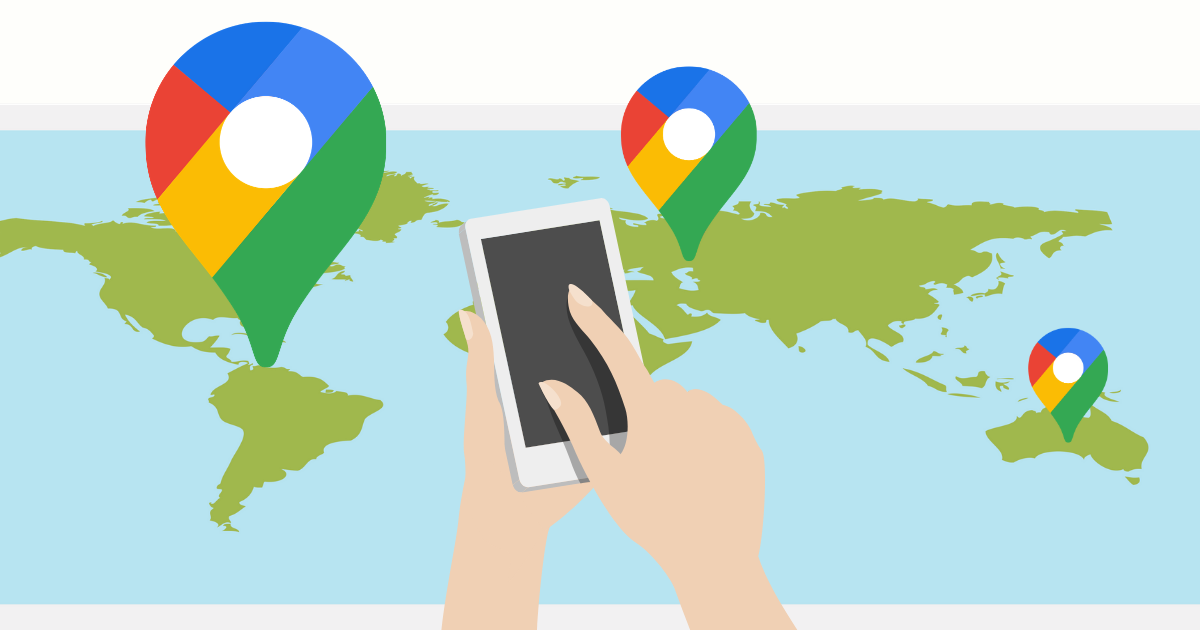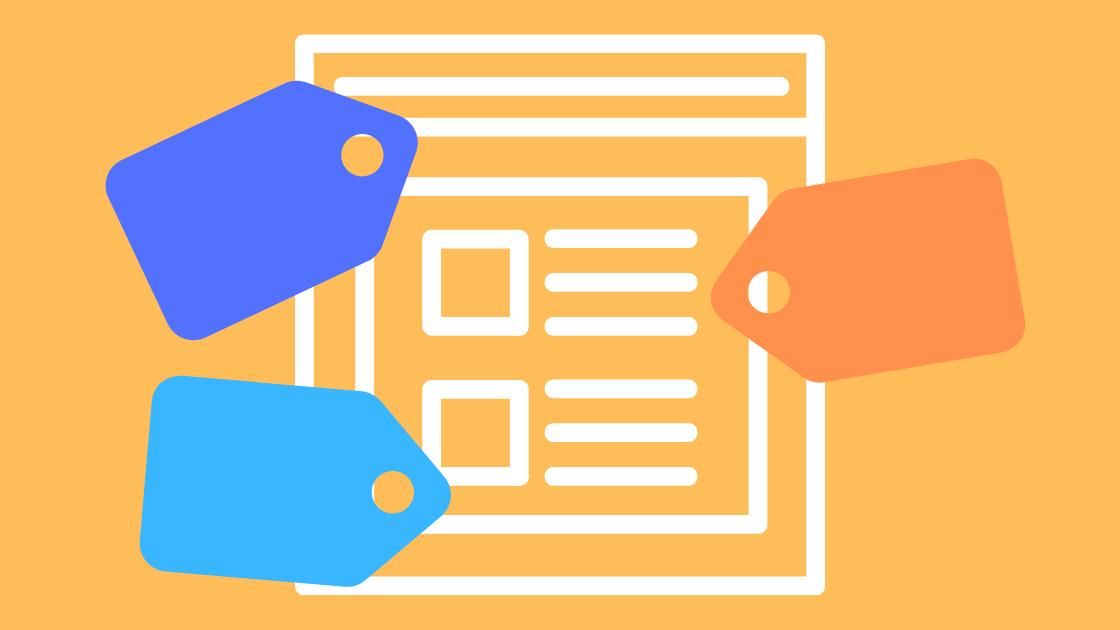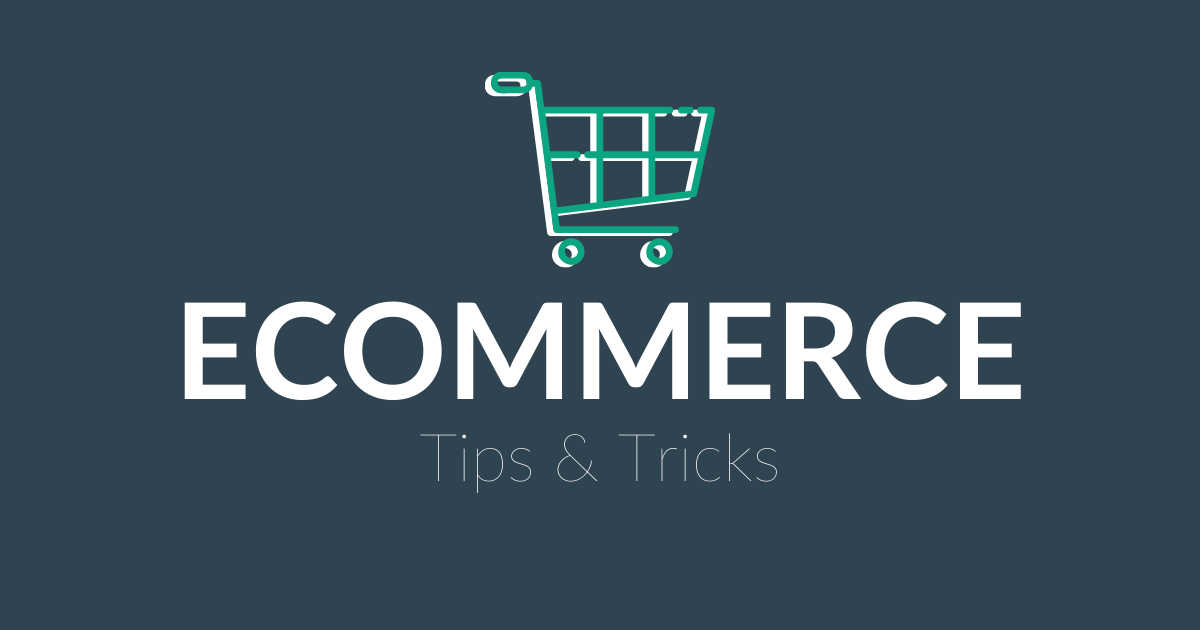How Our Five-Step Process Guides Design
When it comes to the design process, there’s only one rule – have one. At Evolve, we operate within the framework of our proven 5 Step Process: Strategy, Design, Build, Market, Support. Within each step, there are methodologies and processes in place that serve an important purpose – repeatable success. In a rapidly changing industry, this framework allows us to zero in on processes that need to be updated and optimized over time. Our process is an ever-evolving road map that makes sure our client projects end up at the right destination, even if the type of vehicle, tools, and landscape change with time.
So you’re probably asking, “What is the design process already?” There’s no universal design process, no magical recipe that guarantees an amazing finished product. That depends on the resources and talent of the individuals engaged on the project. A design process simply ensures there is intentionality and steps along the way to solving the challenge at hand. A design process ensures there are touch points and opportunities for team and client feedback. It’s, in essence, documentation for a series of logical ideas and decisions that culminate in the finished product – whether that’s a new website, mobile app, or brand identity.
“Design is the intermediary between information and understanding.” — Hans Hoffman, Artist and Teacher
The Strategy phase of our 5 Step Process is where our Design Team gathers the client’s vision, insights, audience personas, and other mission-critical information. Once our Design Team is armed with information from Strategy, we use that information to guide our visual and creative research – this research phase occurs way, way, way before we create any digital artwork.
The Role of Mood Boards
For many projects, the culmination of the Design Team’s visual or creative research is the mood board. Mood boards can take on various names like inspiration boards or stylescapes. Depending on the scope and budget of the project, these can range from a collage of images on a single sheet of paper to complex and large-scale inspiration mapping. While the look and name change, the purpose never does. Its purpose is to exhaust all creative options in an effort to find the best one.
The Design Process and Moodboard element are critical to the success of brand identity design projects, in particular. Moodboards provide Art Directors and Strategists the vehicle to defend and present ideas to clients. The absence of a process removes the means for defending strategic design decisions. Clients are left to assume design decisions are made purely based on personal preference – and if it comes down to the personal preference of an individual to decide – the result could be painfully time-consuming.
The Brand Identity Process
Brand identity projects often have multiple moodboards where each identity or logo option comes with it’s own Moodboard to help project teams pitch the work and help clients visualize where this style or concept came from. Each is a visual manifestation of the research process, connecting the dots among research results to create a through line to the resulting concept. Moodboards or Stylescapes can also provide examples for brand touch points – where and how the new identity will be delivered.
“Design is intelligence made visible.” — Alina Wheeler, Author
The design process for identity projects isn’t a secret sauce or unique approach. In her book, Designing Brand Identity, Alina Wheeler provides a five-step process that explains the complexity of brand design. Wheeler’s process, for good reason, has become the gold standard for brand identity projects and is taught in design schools around the world.
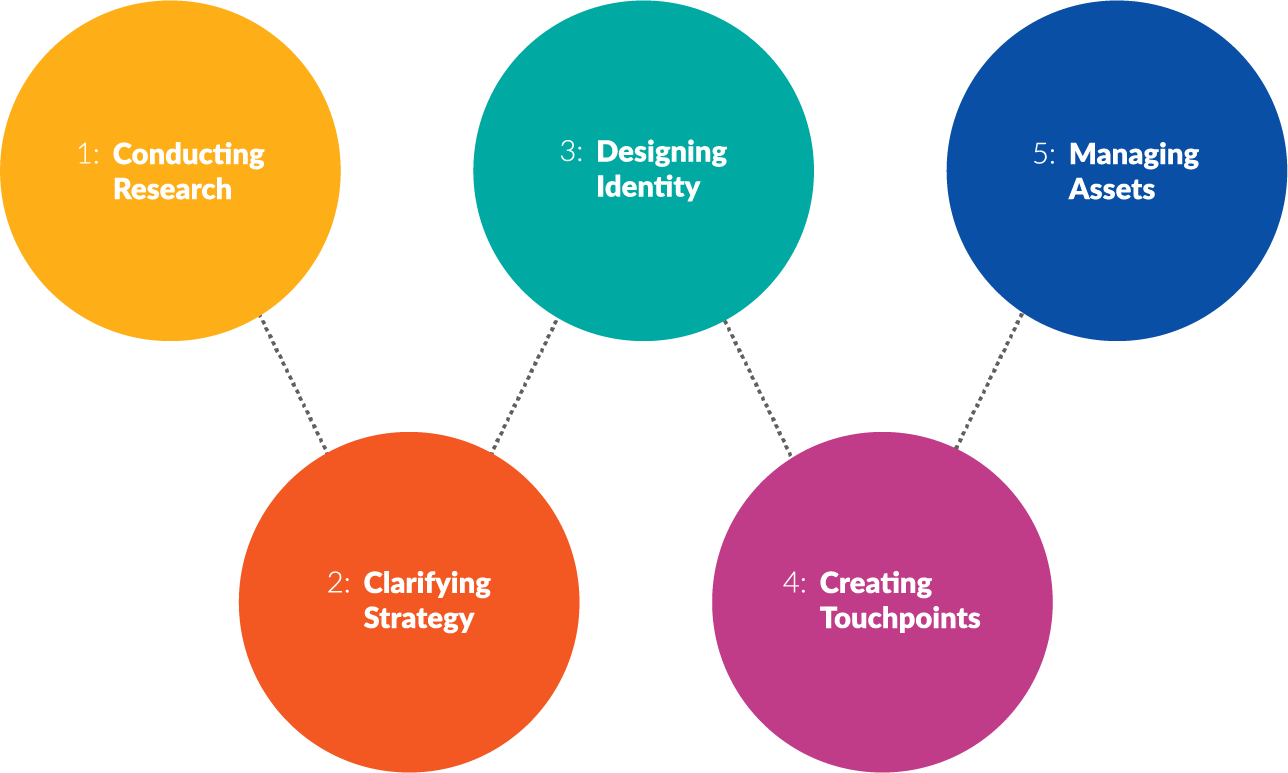
Without a design process, projects are bound to fail or fall short of expectations. Stakeholders and clients can lose their way in the ambiguity of design decisions and the Design Team is constantly on the defensive. Projects become skeptical debates instead of choosing between multiple sound creative strategies. The design process is a proven approach with three major benefits: it ensures that strategy and insight are what drive the creative work, it ensures that there are opportunities for client and audience feedback, and it ensures that the final product meets or exceeds expectations.
What’s Your Design Project?
Design is an essential part of a lot of marketing work. From big things, like rebranding your business or designing your website, to more minor things, like creating a one-pager or marketing download. No matter how big or small your project is, the design process is the force behind making it successful.
Work with a partner that prioritizes strategic design. As mentioned, our five-step process makes sure each design is carefully planned and developed for an enjoyable process and even better results. Tell us about your design project!
